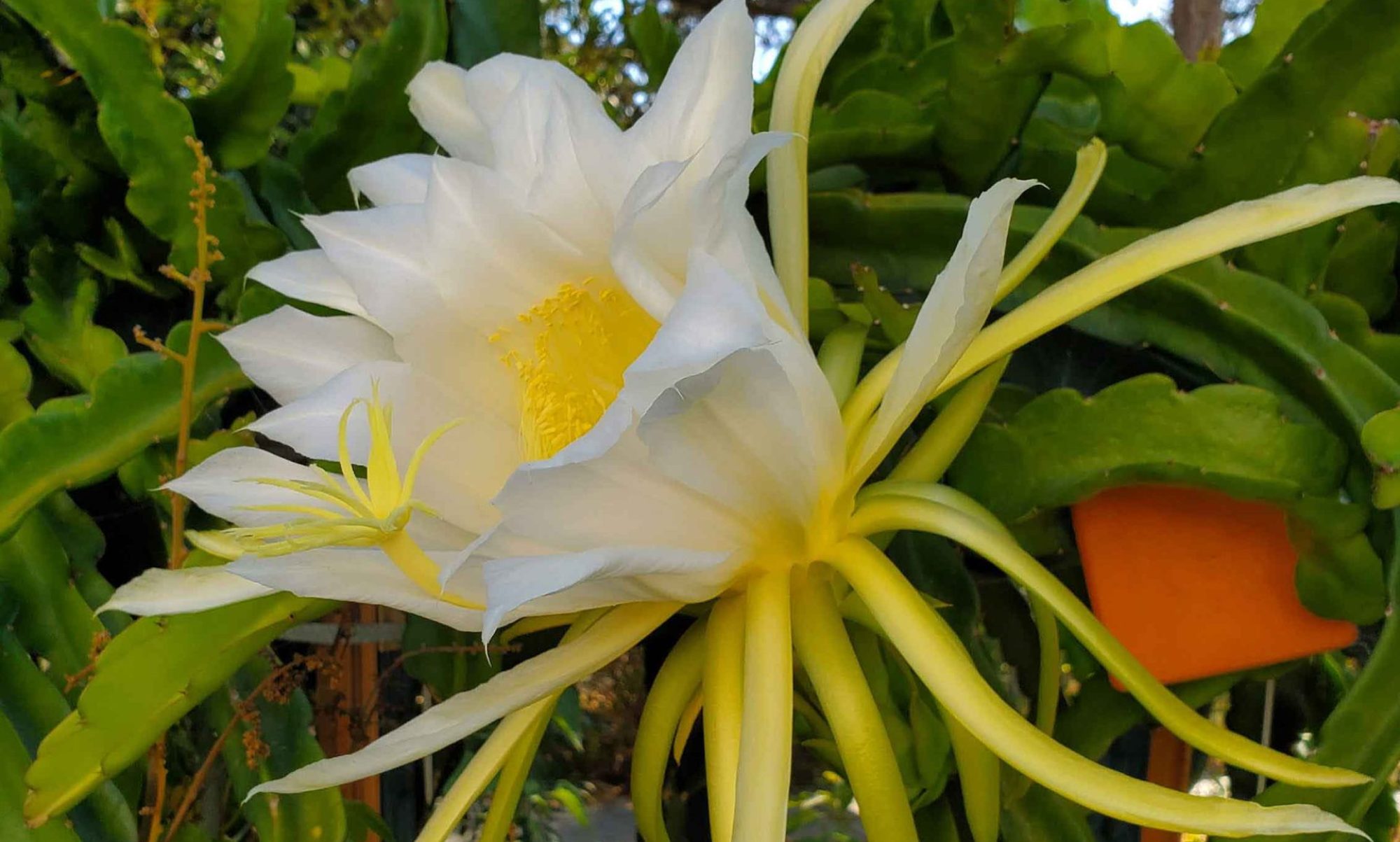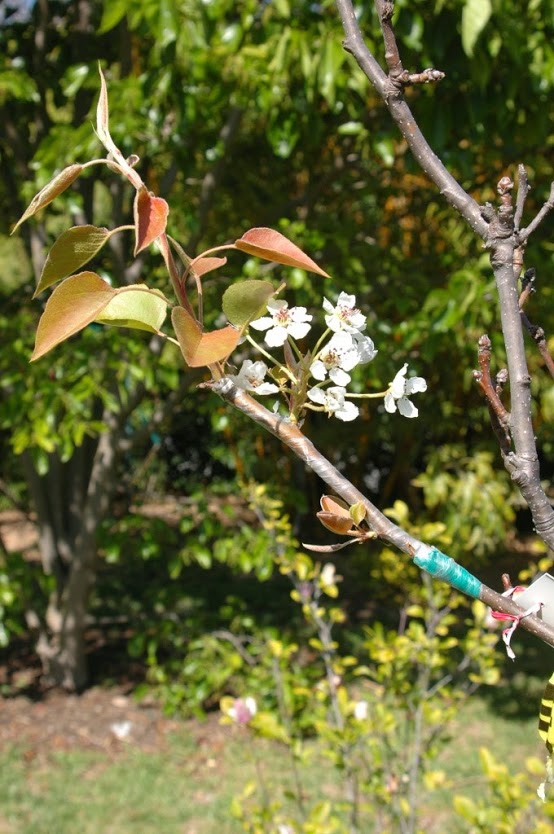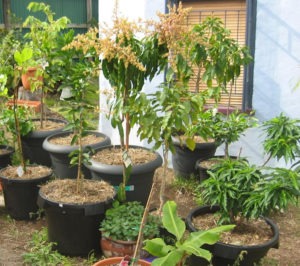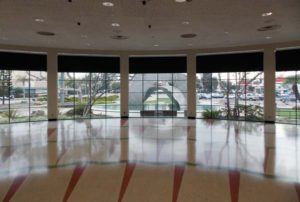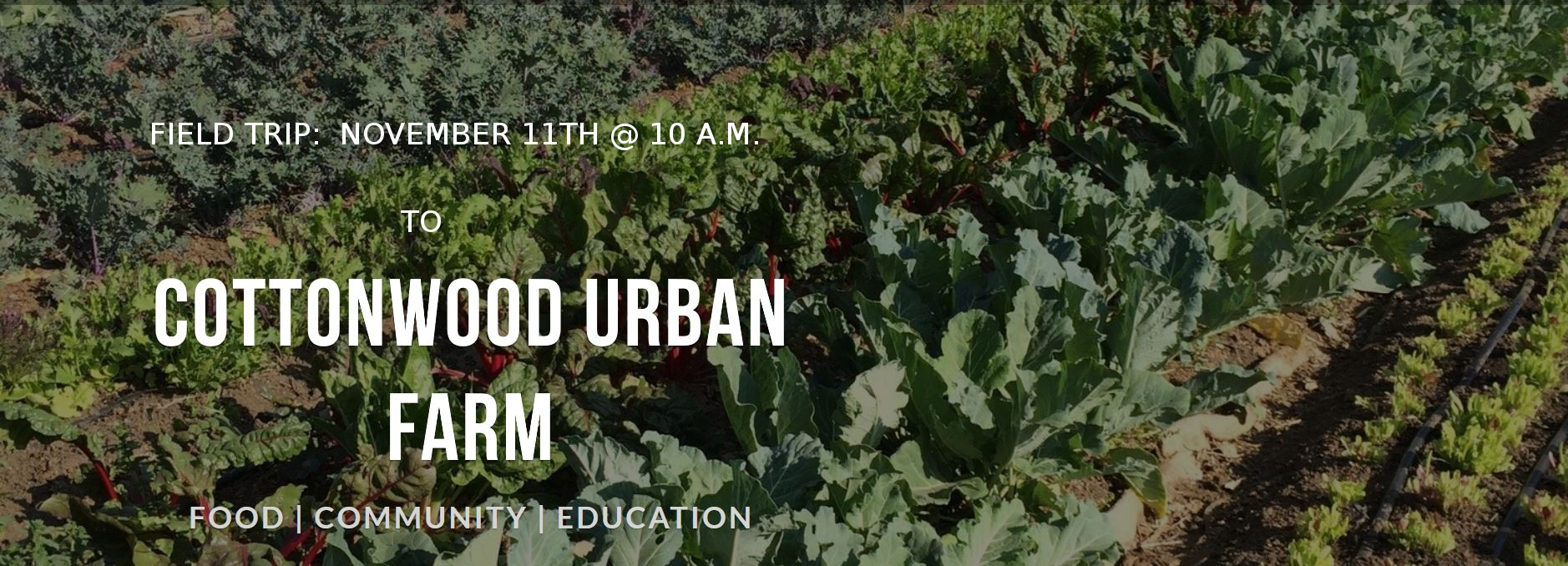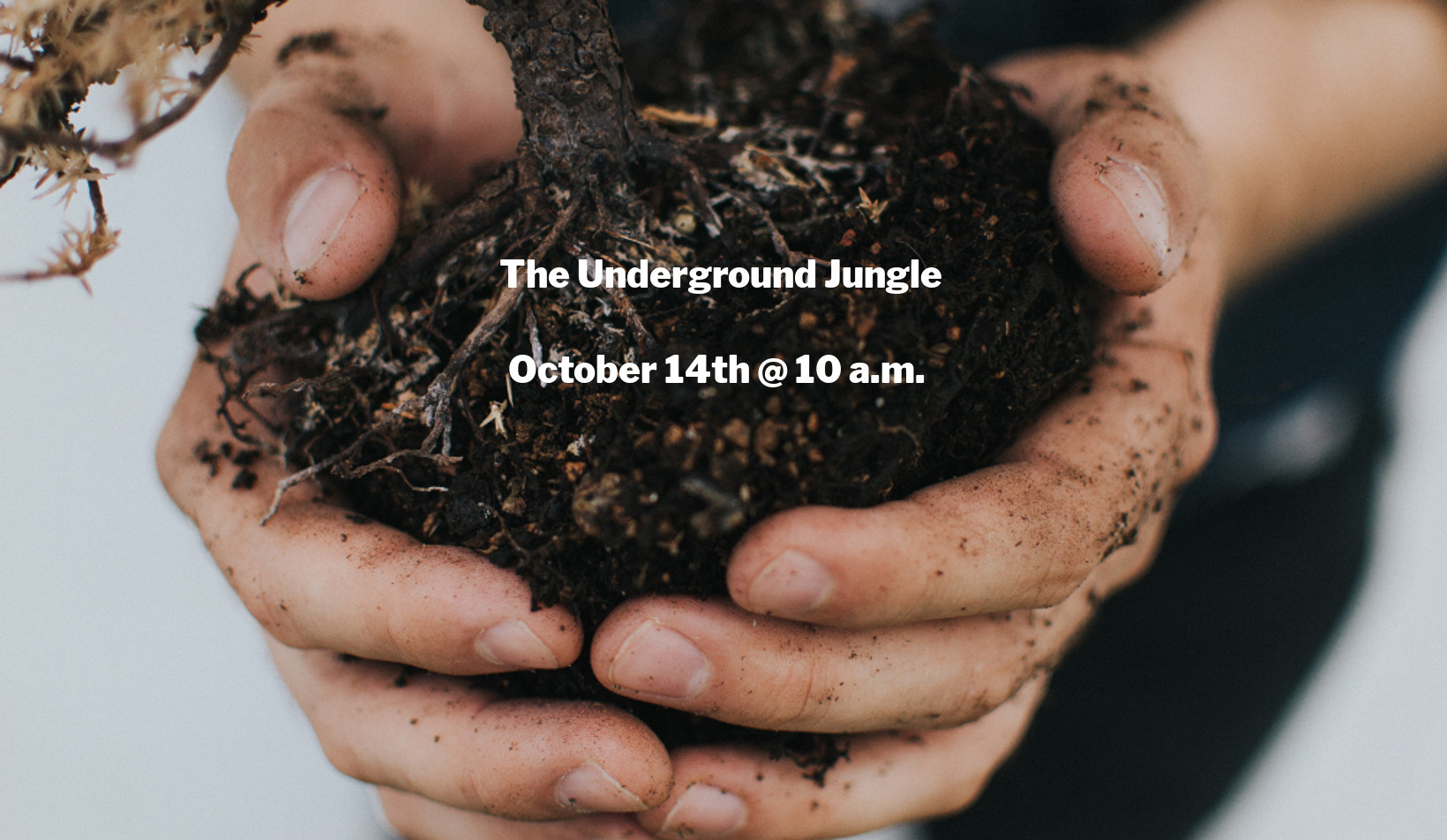We’re going to Jane’s! She is a long-time member with an interesting path to her current orchard. This is how she describes it:
“It is a simple collection of plants on clay soil amended over the years primarily by mulching. Three camellias and a fig were mature when we bought the property in 1974. This was followed by years of grass lawns, play houses, and sports areas for three sons. We planted a Meyer lemon tree and removed an avocado and a peach which had been killed or severely weakened by the smog of the 1970’s (according to neighbors). We did plant vegetables most years, and I divided and added to the bulbs that were here. Most notably there was a highly fragrant tagette type of narcissus which returns every year. The bulbs have bloomed and you will see the foliage maturing and dying back, a messy necessity as they get next year’s energy after bloom. Some summer bulbs may have started.
For years I was a member of the Tinseltown Rose Society. Then I added a lot of perennials and annual flowers, and my friends encouraged me to start selling bouquets. I had clients (mostly therapists) who received a weekly bouquet in their offices. After a much needed divorce, I enrolled in and completed the UCLA Extension Gardening and Horticulture Certificate Program. For about ten years I did specialized garden maintenance in Westside and Santa Monica gardens, mostly for elderly clients. Pruning roses and vines and planting vegetable gardens were my specialties.
Kiwi was what brought me to CRFG. I bought a male and female. I never had a flower on the male or the next three males I bought. Roger Meyers offered some male flowers so I could assure myself that the impotent males were the problem. My pollinating worked, but driving to Orange County was hardly a reliable long term solution. You will not see Kiwi in my garden. You will see the still-producing Meyer lemon, figs, jujube, guavas, persimmons, mangoes, finger limes, calamondin, Kaffir lime, mandarin, pomegranate, pineapple guava, blackberries, moringa, galanga, oregano, and my latest passion: mulberries. Starting with a Persian mulberry, I now have four more little ones (small plants and in one case small fruit).
I have four compost bins and two worm farms. One of the bins is a variation on one I built based on a design from UC Davis. Mine is from fencing posts but is adaptable to different materials for those whose family or neighbors balk at the farm look. Bring a little container (yoghurt or similar) if you would like some worms. My Kaffir lime needs pruning, so you Asian food cooks can take home some branches. The galanga (Thai ginger) needs dividing so bring a bag or sheet if you are interested in this root plant.
There is ample unrestricted street parking. Take all the pictures you want but please turn off the cell phones. ”
If you are a current member, you should have already received your newsletter with Jane’s address. If you didn’t, please use the Contact Us button to let us know.
